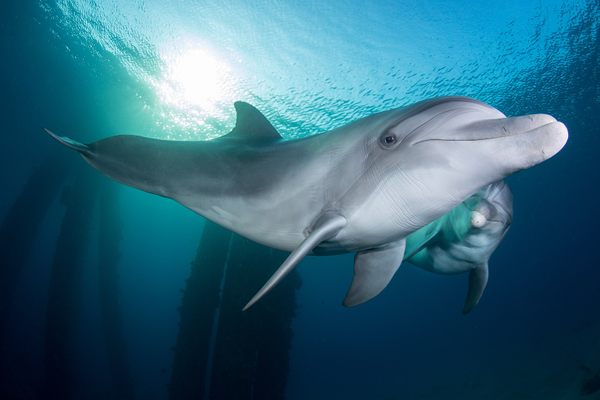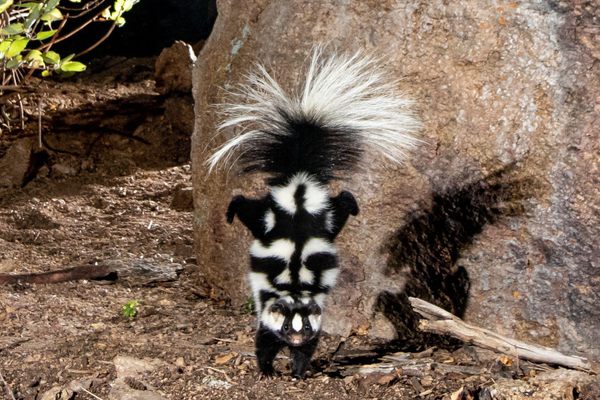Waterbuck-Scented Cologne Can Protect Cows From Tsetse Fly Bites
How a new fragrance can help ward off a fatal disease.

Sleeping sickness can be a devastating disease for humans throughout sub-Saharan Africa, and animals can also be infected by the protozoan parasites. In cows, the disease is known as nagana. Scientists around the world have been working on ways to thwart tsetse flies, which spread the disease when they bite animals and people. Now, a report in the journal PLoS Neglected Tropical Diseases describes a new way for cattle to avoid these potentially deadly fly bites, by tricking tsetse flies into thinking cows aren’t cows at all.
Waterbucks are a species of antelope found in the same regions where tsetse flies transmit nagana. While they’re susceptible to a range of other diseases and parasites, waterbucks simply aren’t of much interest to tsetse flies. Researchers from Kenya, the United Kingdom, and Germany identified five compounds that give waterbucks their characteristic scent—and found that they can help repel the flies. To turn cattle into “cows in waterbuck clothing,” as the researchers call them, they developed a special collar that releases a steady supply of the waterbuck scent compounds.

To test the new repellant system, the team outfitted 1,100 cows in coastal Kenya with the collars, and tracked them for two years as they encountered tsetse flies naturally. The collars were effective at preventing infections, which in turn allowed the cows’ owners to plow more land and improve their food security. Now, the researchers write, the farmers are enthusiastic adopters.































Follow us on Twitter to get the latest on the world's hidden wonders.
Like us on Facebook to get the latest on the world's hidden wonders.
Follow us on Twitter Like us on Facebook